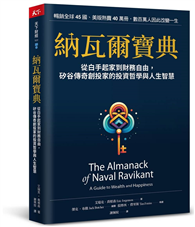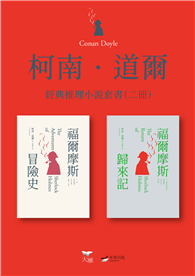"An Outline of the Law of Tenure and Tenancy" offers a detailed exploration of historical land law principles, examining the intricate system of landholding that shaped English society. James Ram elucidates complex concepts such as subinfeudation, knight-service, and common recovery, tracing their evolution within the feudal system.
The text delves into various aspects of property rights, including fee-simple estates, hereditaments, and the roles of feoffors and feoffees. Ram navigates the distinctions between joint-tenants and tenants in common, shedding light on the legal implications of each. He references key historical figures such as Sir Edward Coke and statutes enacted during the reign of Henry VIII, providing essential context for understanding the development of tenure and tenancy laws.
This treatise is an invaluable resource for legal historians, students of property law, and anyone seeking a deeper understanding of the foundations of land ownership and the enduring influence of the feudal system on modern legal practices.
This work has been selected by scholars as being culturally important, and is part of the knowledge base of civilization as we know it. This work was reproduced from the original artifact, and remains as true to the original work as possible. Therefore, you will see the original copyright references, library stamps (as most of these works have been housed in our most important libraries around the world), and other notations in the work.
This work is in the public domain in the United States of America, and possibly other nations. Within the United States, you may freely copy and distribute this work, as no entity (individual or corporate) has a copyright on the body of the work.
As a reproduction of a historical artifact, this work may contain missing or blurred pages, poor pictures, errant marks, etc. Scholars believe, and we concur, that this work is important enough to be preserved, reproduced, and made generally available to the public. We appreciate your support of the preservation process, and thank you for being an important part of keeping this knowledge alive and relevant.












